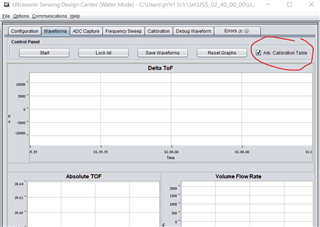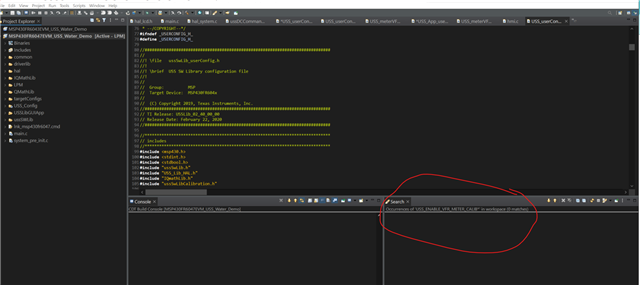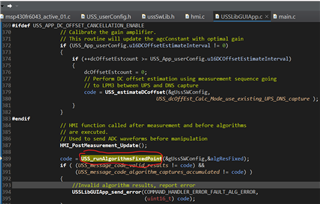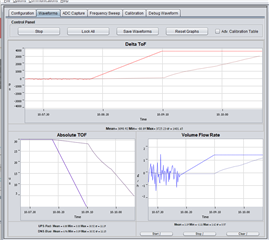Hi !
software-dl.ti.com/.../ch_calibration.html
I use it to perform VFR calibration.
I would like to know if after I export an xml file from the calibration, I can burn it to the MSP and tell it to use this file in order to have appropriate water flow values?
This is what I do today, I prepared a calibration file and I load it through the USS and then on the "Waveforms" page I click on using an adv table.
I would also like to be detailed if it is possible on our custom board to burn this file on the MSP, and how to do it if so? where can i find the registers and the command specific?

Attached is a picture for the description.








